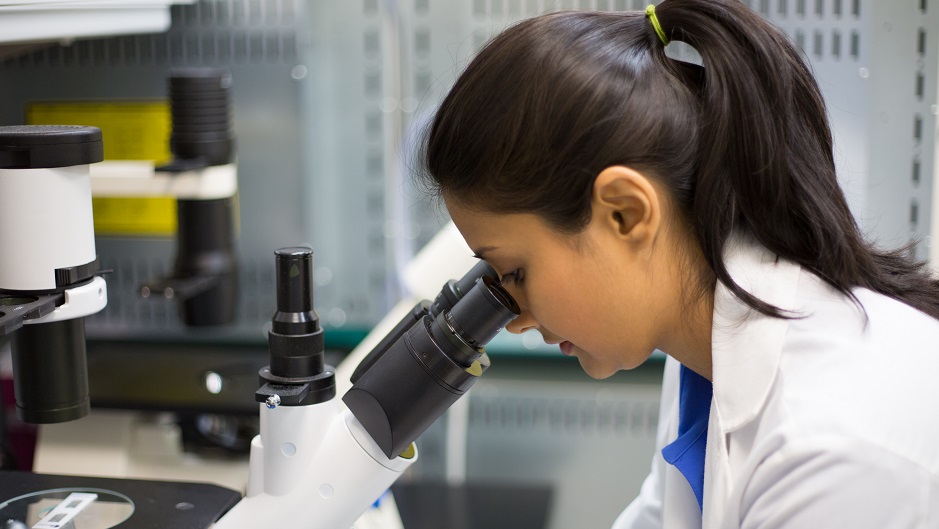03 Aug 2020
A new experimental treatment designed to tackle the pain and damage caused by osteoarthritis has been discovered by scientists at Xi’an Jiaotong-Liverpool University.

The Sacitharan Lab at XJTLU, alongside other laboratories across China, has discovered that an immune messenger, called IL-22, increases osteoarthritis. The researchers have discovered that blocking the action of IL-22 can decrease the disease in experimental settings.
IL-22 is produced by several populations of immune cells at a site of inflammation and participates in regulating the immune response. IL-22 can be both protective and pathogenic and is involved in pathogenesis of several autoimmune diseases including rheumatoid arthritis.
Dr Pradeep Kumar Sacitharan, of XJTLU's Department of Biological Sciences, explained more about this research.
“To date, blocking the action of the immune system in osteoarthritis has not worked. It’s because we were looking at the wrong targets. We’ve now found the right targets and have observed the immune system plays a much larger role in osteoarthritis than previously thought,” Dr Sacitharan said.
Osteoarthritis is the most common form of arthritis and is characterised by the breakdown of the cartilage that overlies the ends of bones in joints. This results in the bones rubbing together, causing pain, swelling and loss of motion.
It is the most prevalent disorder of articulating joints in humans and is a condition that is endured by half of the world’s population aged 65 years or older.
While there is no outright cure for osteoarthritis, treatments including painkillers and anti-inflammatories can help people control and reduce the effects of the disease. Invasive treatments including joint replacement can improve mobility, but these can be risky for older individuals and are less possible in low income countries.
IL-22 may prove to be a new therapeutic target for osteoarthritis and its related pain said Dr Sacitharan, adding that further human trials would be required to bring possible new drugs to market.
“The exciting point is that we managed to block both pain and cartilage damage. This data raises hope for scientists and patients that a new drug or class of drugs for the disease might be potentially available in the future after clinical trials.”
This research, "Targeting IL-22 and IL-22R protects against experimental osteoarthritis," has been published in Cellular & Molecular Immunology (CMI), a Nature research journal.
By Will Venn
03 Aug 2020
RELATED NEWS

Hope for treating elderly people infected with flu virus
A research discovery into why elderly people have worse symptoms and suffer more when infected with a virus such as the flu has found that blocking the actio...
Learn more

Treatments could follow research into cancer evolution
New treatments designed to prevent cancer from developing, based on changing the microenvironment in which cancer cells evolve, could be both feasible and ef...
Learn more

Why copper is a key consideration in conserving Lake Taihu
Xi’an Jiaotong-Liverpool University research designed to limit harmful algal blooms (HABs) in Lake Taihu is expected to have impact on the conservation of th...
Learn more




